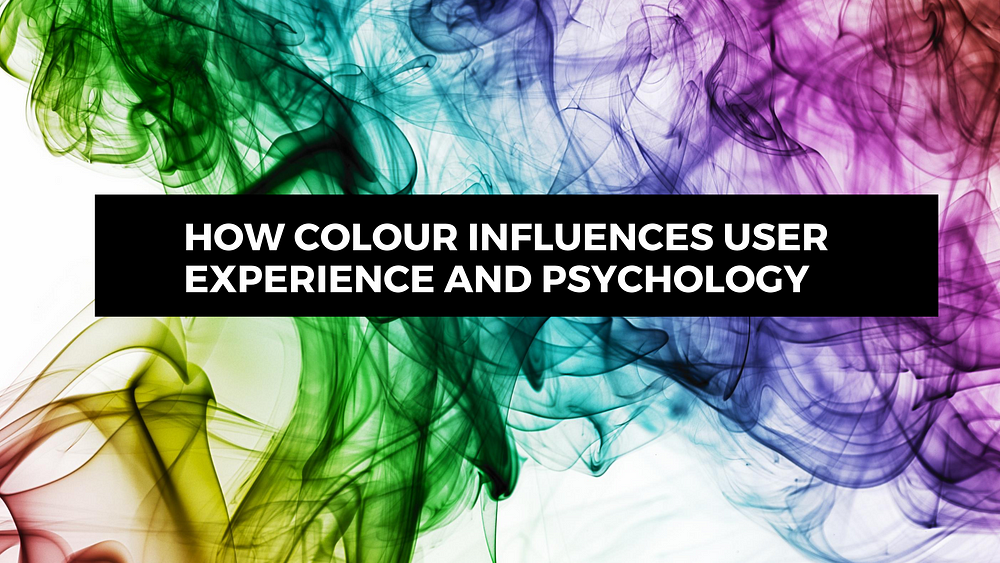
Colour plays a very vital role in User Experience. People might not give it much importance but the colours of your brand, logo, and product have a major impact on the psychology of the users. It not only helps to get your brand or product to get easily recognized but also helps to create a positive image among the users.
The effect that different colours have on user psychology discussed below which might help you to decide what colours to use in order to convey a positive user experience.
White

The color white always brings cleanliness, purity, simplicity, and peace to mind. It also represents goodness, light, peace, humility, and innocence. In some cultures, this color is associated with success and new beginnings.
People are more likely to use this color in advertisements because the human eye sees it as a brilliant color and it helps in delivering a clean and clear message. It is also found on medical and sterile products since it has connotations with safety and purity. For the same reason, it is also found in hospitals as well as laboratories. And, also worn by doctors, surgeons, nurses, and scientists.
Black

Black is always seen as the most formal and bold of all the colors. It represents prestige, class, and sophistication that’s why it is often used with expensive products.
When you are using black as the main color for your web design, brand, or print material you should be cautious because black dilutes all other colors surrounding it. So, the secondary color that you choose along with black should really be contrasting in nature and complement it well. Generally, all shades of greys and whites really go well with black.
On the other hand, it should be avoided using as a backdrop when there is rich text content in publishing, as it will be difficult to read the small type with black in the background.
On the brighter side, black always brings the best out of photography, artworks, and illustrations by making it the primary focus of the user, thus making it an ideal choice of color for online portfolios.
Orange
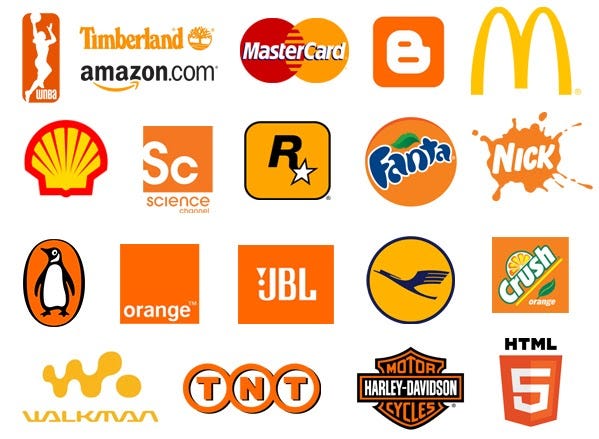
Orange is a very cheerful color. It radiates fun, energy, and liveliness. A research found out that the brighter shades of orange appeal more to a younger audience while the lighter ones appeal more to an upscale market.
Purple
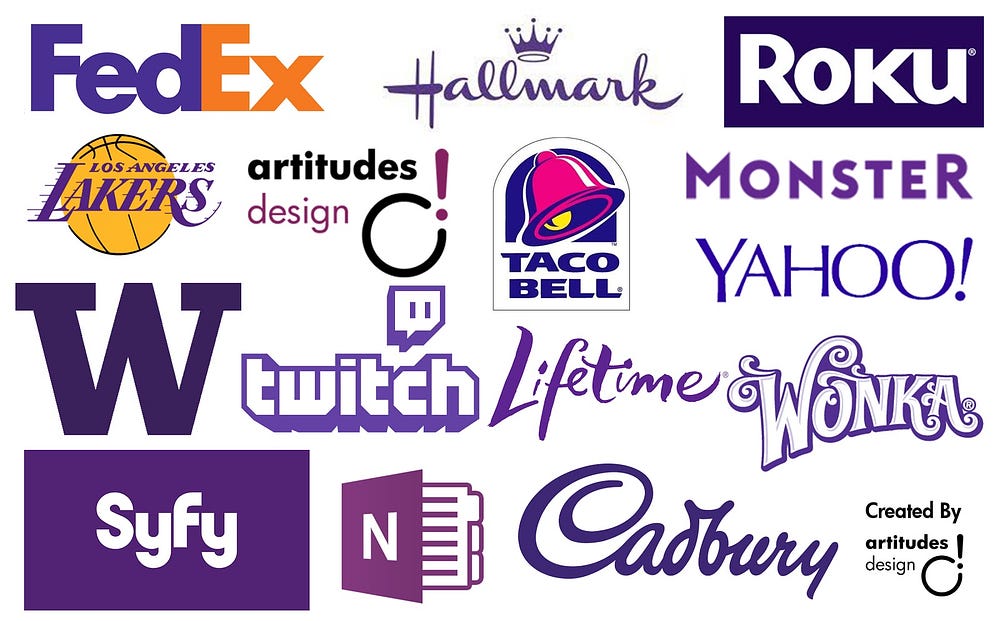
It tends to be the color favored by creative people. It is associated with mystery, superiority, and royalty. The color lavender on the other hand evokes reminiscence and sentimentality.
Yellow

Mostly everyone in the world associated the color yellow with the sun. Hence, it communicates positivity, confidence, warmth, and light. Yellow light is proved to have better transmission than any other color which results in grabbing the attraction of humans more easily. Thus, it is used for shop displays very commonly.
Red
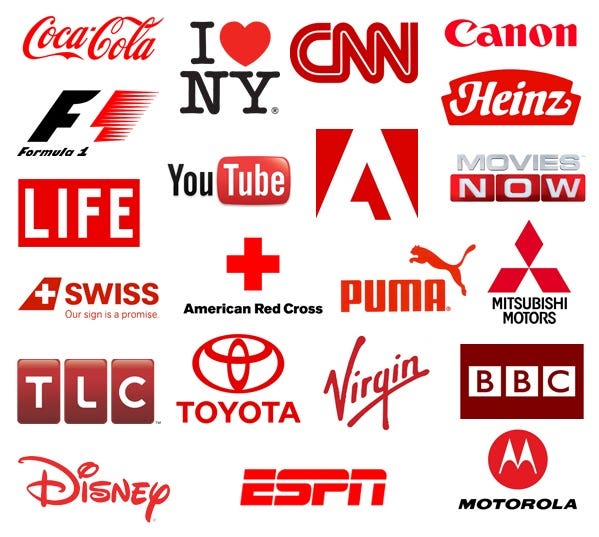
The color red is proved to trigger the pituitary gland which in turn speeds up the heart rate. This sudden response makes it aggressive, stimulating, lively, and attention-grabbing. The color red is always a safe bet one wants to induce a passionate response.
Blue
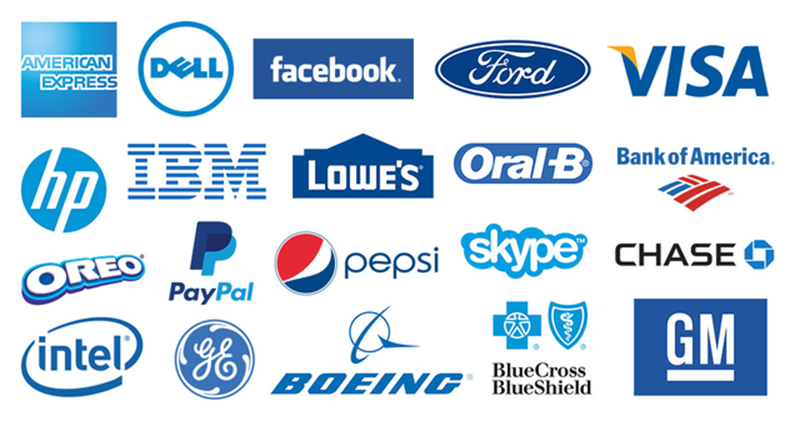
Blue always brings peace and serenity to the mind as it is the color of the heavens and oceans. It is associated with trust, confidence, intellect, and faith. It is also associated with cleanliness, thus used to advertise products and services which want to portray this property such as water-related products and cleaning liquid.
Some airlines, airports, and companies in shipping industries also tend to adopt it in their brands because blue color also represents skies and the seas to the mind.
And lastly, since blue is linked with intellect and knowledge, it is also used in high tech and computing industries.
Green
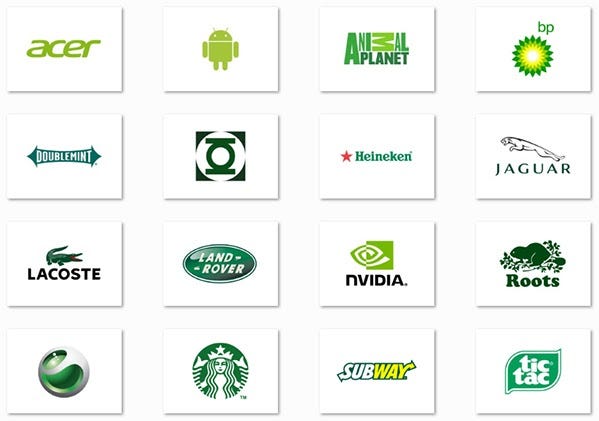
Nature, peace, well-being, and freshness all of them are usually portrayed by the color green.
Different emotions can be evoked by different shades of green. Dark green is linked to prestige and wealth. On the other hand, a lighter shade of green is mostly peaceful and calming. Green can be used to advertise environment-friendly products and medical products because of the fact that it implies safety.
Comments
Post a Comment